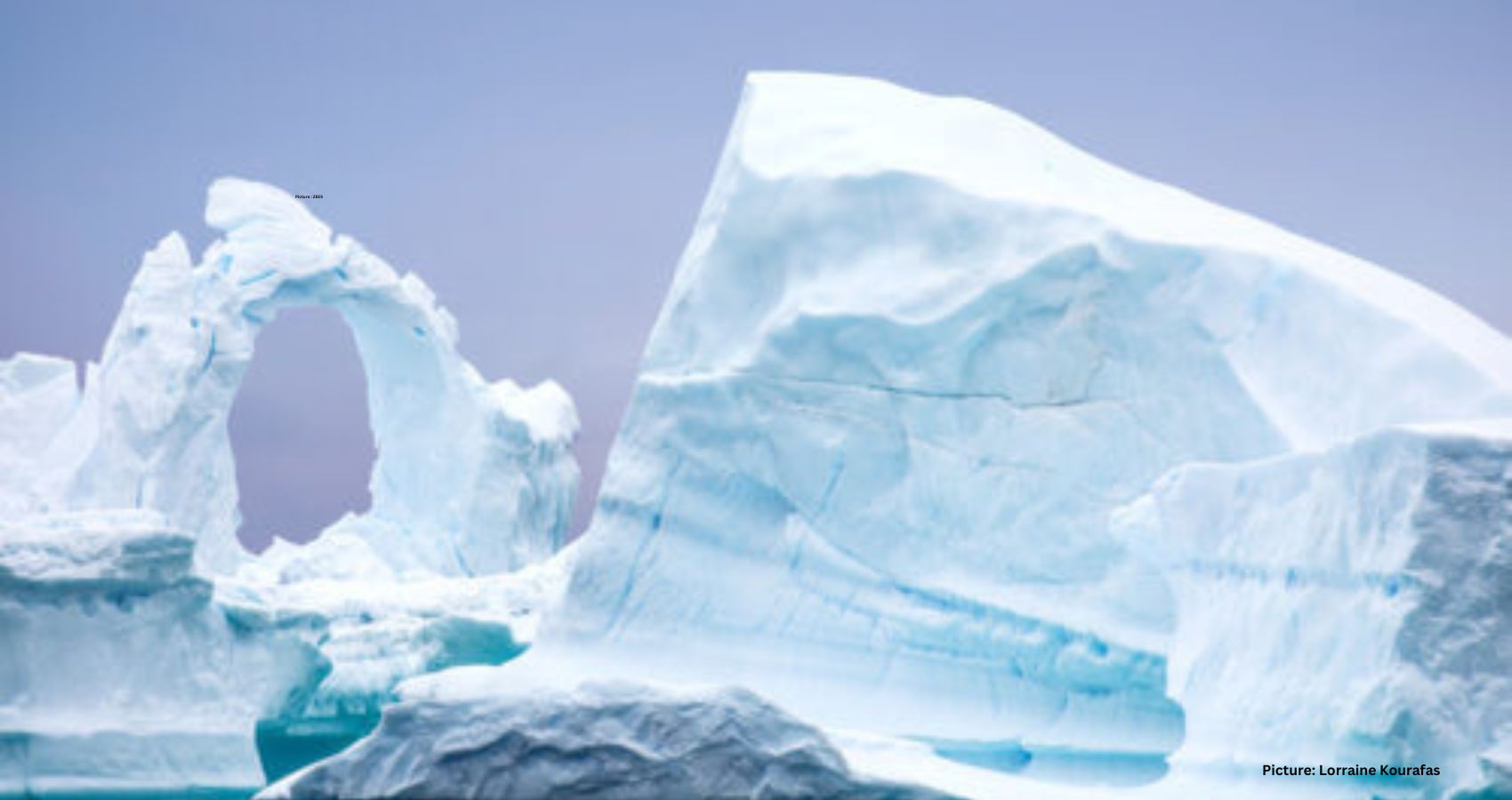Antarctica has witnessed the release of around 66.9 trillion tons of freshwater into the oceans over the last 25 years, according to scientists from the University of Leeds. The research indicates that nearly 67 trillion tons of ice have melted into the ocean during this period, with 59 trillion tons added back to the ice shelves. Despite this, there is a net loss of 7.5 trillion tons. The western side of Antarctica’s ice shelves, in particular, has been heavily impacted, with human-induced global warming identified as the likely culprit.
In the analysis of 162 ice shelves surrounding Antarctica, 71 have seen a reduction in volume from 1997 to 2021. The study highlights that most ice shelves on the western side have experienced loss, while those on the eastern side have generally remained unchanged or even expanded in volume. The research involved examining over 100,000 satellite radar images to comprehensively evaluate the “health” of the ice shelves.
The potential repercussions of ice shelf loss or reduction are substantial for Antarctica’s ice system and global ocean circulation. This could impact the vital “conveyor belt” responsible for transporting nutrients, heat, and carbon throughout the polar ecosystem. Dr. Benjamin Davison, the lead researcher from the University of Leeds, explains the varying conditions around Antarctica: “The western half is exposed to warm water, which can rapidly erode the ice shelves from below, whereas much of East Antarctica is currently protected from nearby warm water by a band of cold water at the coast.”
The study’s findings challenge expectations, with almost half of the ice shelves shrinking without signs of recovery. Dr. Davison notes the impact of ocean temperature and currents, emphasizing that the susceptibility of the western side to warm waters beneath the ice shelves contributes to their erosion.
The researchers attribute these changes to global warming, arguing that if natural climate fluctuations were responsible, there would have been indications of ice regrowth, especially on the western ice shelves.
Ice shelves, acting as extensions of the continental ice sheet, float on the surrounding seas, serving as significant barriers that regulate the pace of glacier ice flowing into the oceans. As these barriers diminish or weaken, the acceleration of glacial ice loss occurs.
Notable ice losses were observed on the Getz Ice Shelf, with a total of 1.9 trillion tons of ice lost during the study period. Calving, where large ice portions detach and drift into the sea, accounted for only five percent of this loss, while the remainder was attributed to base melting. The Pine Island Ice Shelf experienced a loss of 1.3 trillion tons, with approximately 450 billion tons due to calving and the rest from base melting. Conversely, the Amery Ice Shelf on Antarctica’s eastern side gained 1.2 trillion tons, attributed to its colder surrounding waters.
This influx of freshwater can alter the density of salty ocean water, potentially disrupting the global ocean conveyor belt—an essential component for global ocean circulation. A separate study in the journal Nature Climate Change suggests that this disruption may already be underway.
Professor Anna Hogg, a co-author of the study, comments on the consistent losses observed through melting and calving, stating, “With 48 shelves losing over 30% of their original mass in just a quarter-century, it’s clear evidence of Antarctica’s response to a warming climate.” The ongoing research underscores the urgency of addressing climate change to mitigate the far-reaching impacts on Antarctica’s ice shelves and the global climate system.











